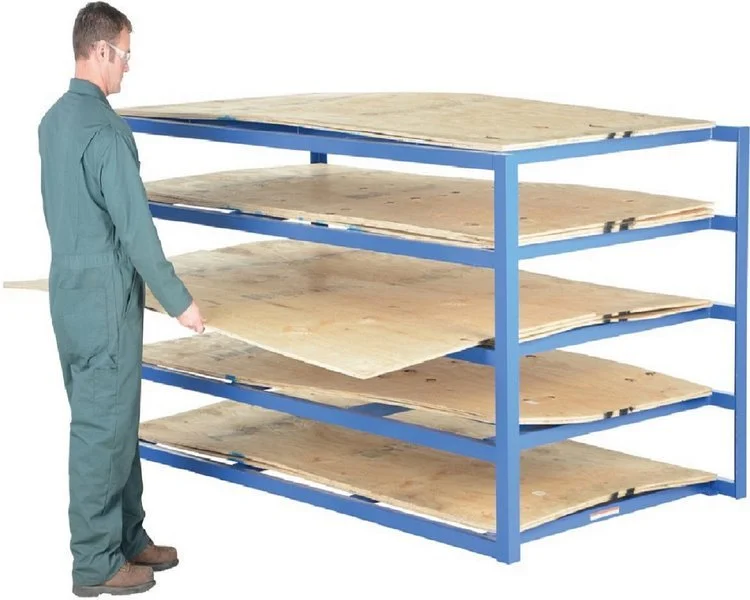Ease of Mobility
Rolling ladders, because they roll, are easy to move from one location to another. Step ladders and extension ladders have to be picked up and carried to another location. Some rolling ladders have four wheels and others have only two wheels. The ones with only two wheels are moved about the same way one would move a wheelbarrow.
Increase Productivity
The ease of mobility of rolling ladders generally leads to increased productivity. Because they are rolled to a location instead of being carried to a location, worker fatigue is reduced leading to increased productivity. Unlike step ladders and extension ladders that have to be set up at a new location, the rolling ladder arrives at the new location, set up and ready to go. This saves time which also adds to increased productivity.
Increased Profits
Increased productivity means increased profits.
Safety
Rolling Ladders are generally considered safer than folding step ladders and extension ladders. The reasons for this are their stability, weight, handrails, and availability of different tread types.
If one thinks about the footprint of a folding step ladder compared to that of a rolling ladder of the same work height, the footprint of a rolling ladder, in most cases, is considerably larger than the footprint of a folding step ladder. The larger footprint of the rolling ladder reduces the likelihood of the ladder tipping over.
If one thinks about the use of an extension ladder compared to a rolling ladder, the stability of the rolling ladder is greater. Proper placement of an extension ladder is critical to its stability. If the extension ladder’s angle of incline is too steep, the risk of falling backward is a threat. If the extension ladder’s angle of incline is not steep enough, the ladder feet may not have enough friction with the ground to prevent the top of the ladder from sliding down the surface it is leaning against. Tying the top of the extension ladder to the surface it is leaning against does not eliminate either of the two aforementioned hazards because the ladder may fall backward or slip down before the ladder can be tied off.
The weight of the rolling ladder and the presence of its handrails both add to the ladder’s safety benefits. Because rolling ladders generally weigh more than both folding step ladders and extension ladders, the likelihood of them tipping is generally less. The handrails on a rolling ladder provide a more ergonomic grip to the user when compared to the side rails of stepladders and extension ladders.
The availability of different tread types adds to the safety of rolling ladders. Different tread types make it possible to select a rolling ladder with a tread type appropriate for the environment where the ladder will be used. A grip strut tread is preferable where conditions are slippery. A perforated tread is generally for warehouse-type use. An expanded tread is also for warehouse use but adds an extra degree of grip between the shoe and the tread. A grip tape tread is more suited for office use. Seldom does a step ladder or an extension ladder offer more the just one tread type.































